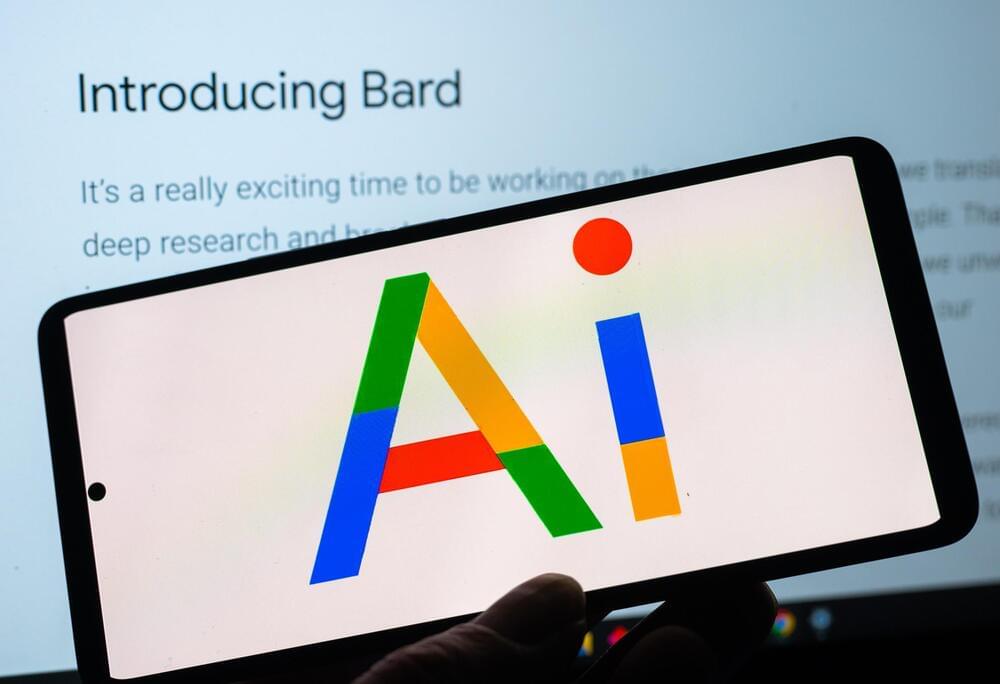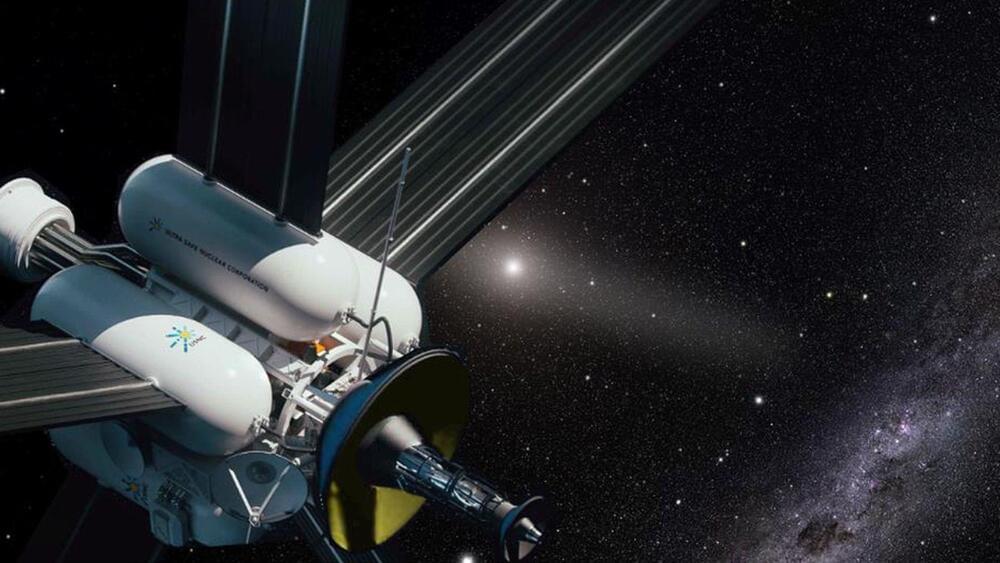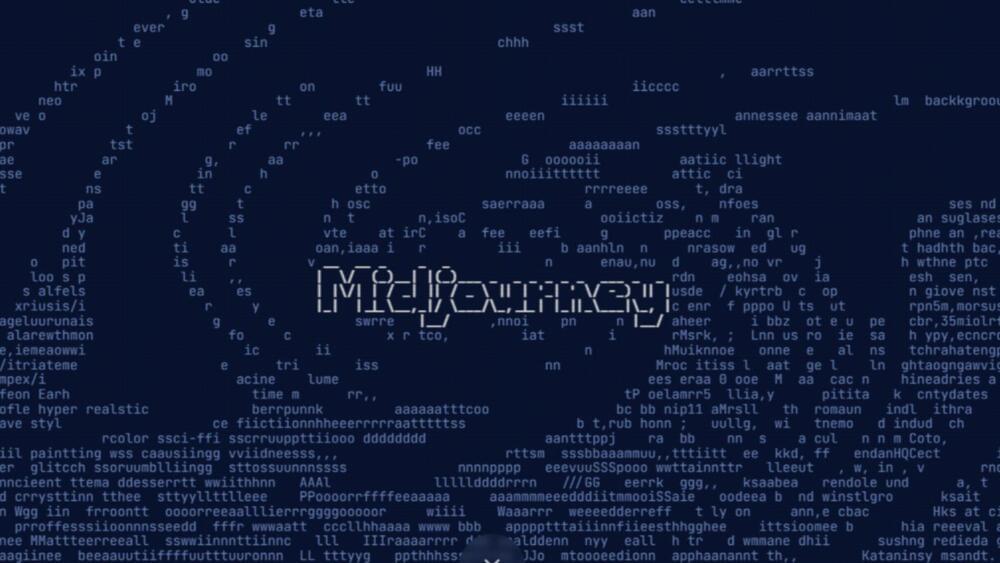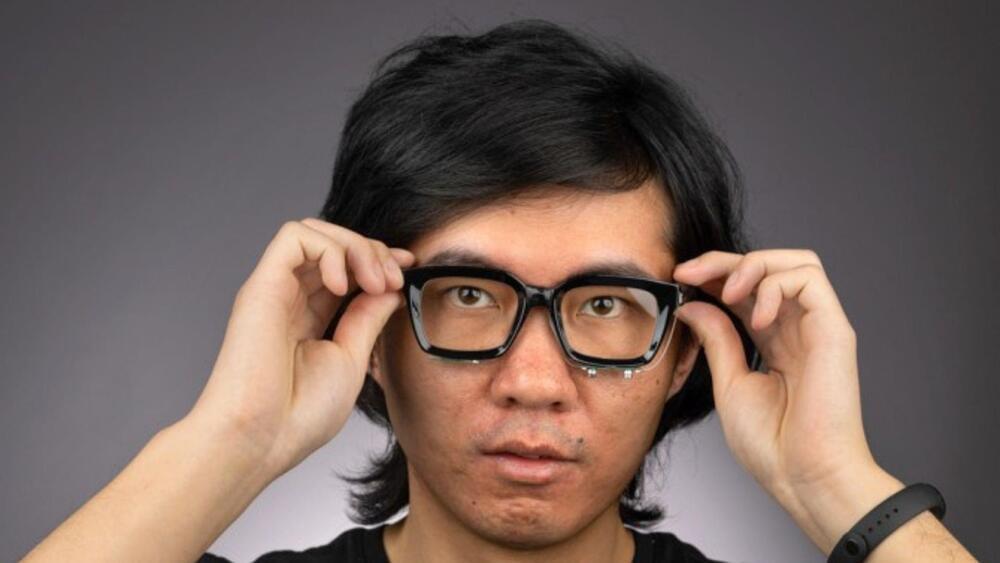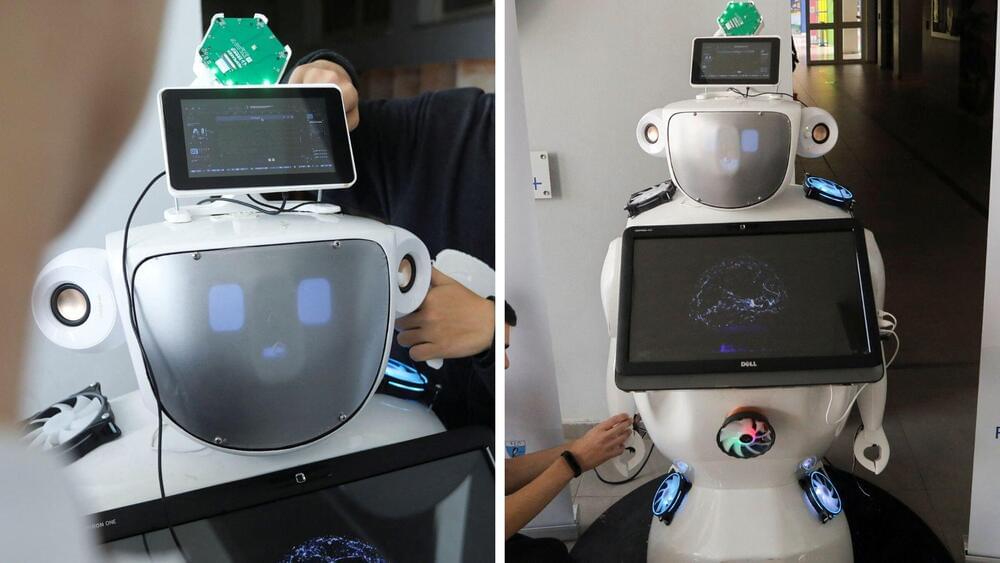Artificial Intelligence is here to stay. How it is being applied—and, perhaps more importantly, regulated—are now the crucial questions to ask. Walter Isaacson speaks with former Google CEO Eric Schmidt about A.I.’s impact on life, politics, and warfare, as well as what can be done to keep it under control.
Originally aired on March 23, 2023.
Major support for Amanpour and Company is provided by the Anderson Family Charitable Fund, Sue and Edgar Wachenheim, III, Candace King Weir, Jim Attwood and Leslie Williams, Mark J. Blechner, Bernard and Denise Schwartz, Koo and Patricia Yuen, the Leila and Mickey Straus Family Charitable Trust, Barbara Hope Zuckerberg, Jeffrey Katz and Beth Rogers, the Filomen M. D’Agostino Foundation and Mutual of America.
For more from Amanpour and Company, including full episodes, click here: https://to.pbs.org/2NBFpjf.



